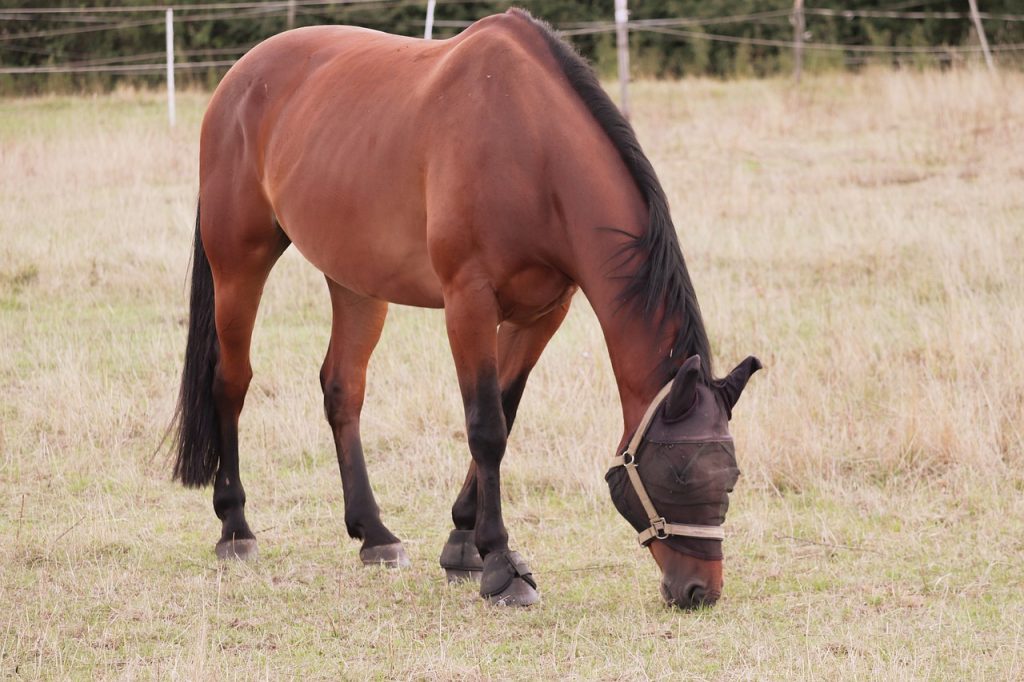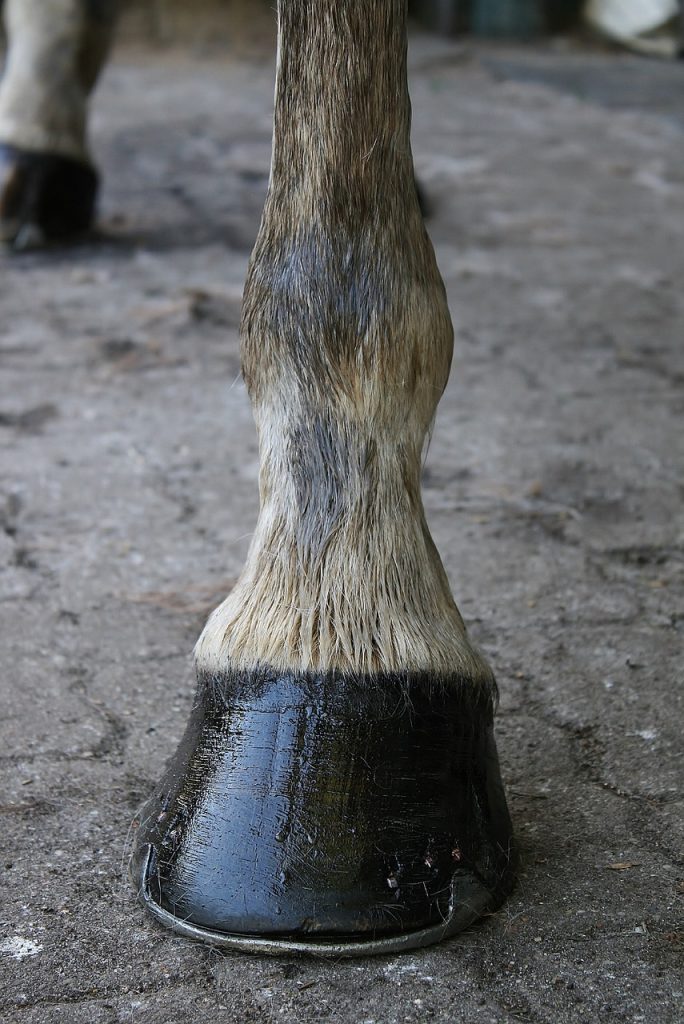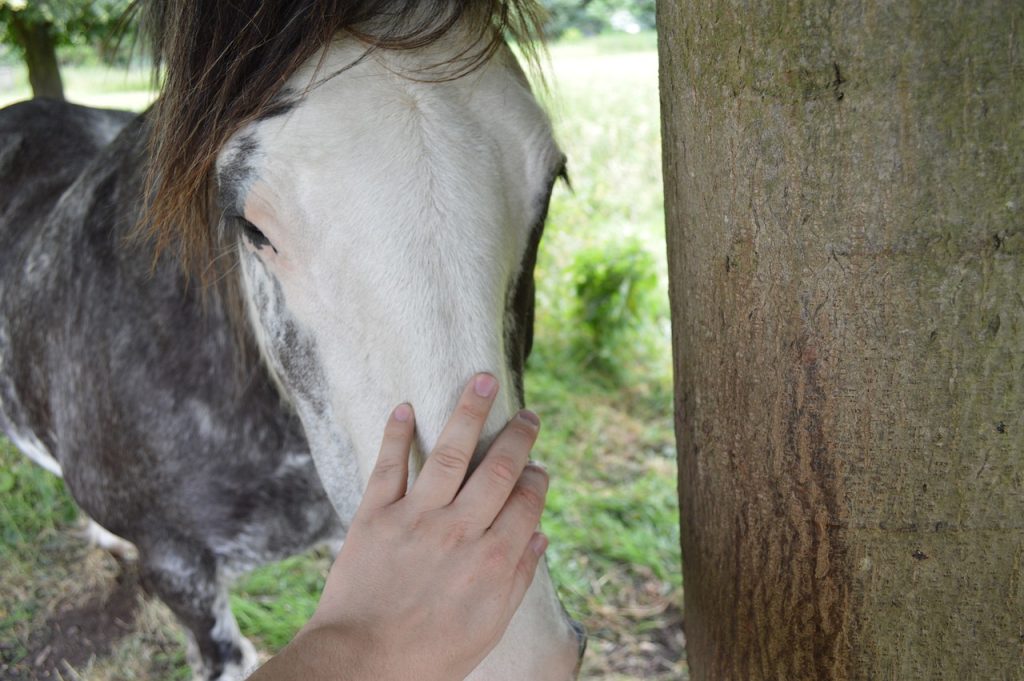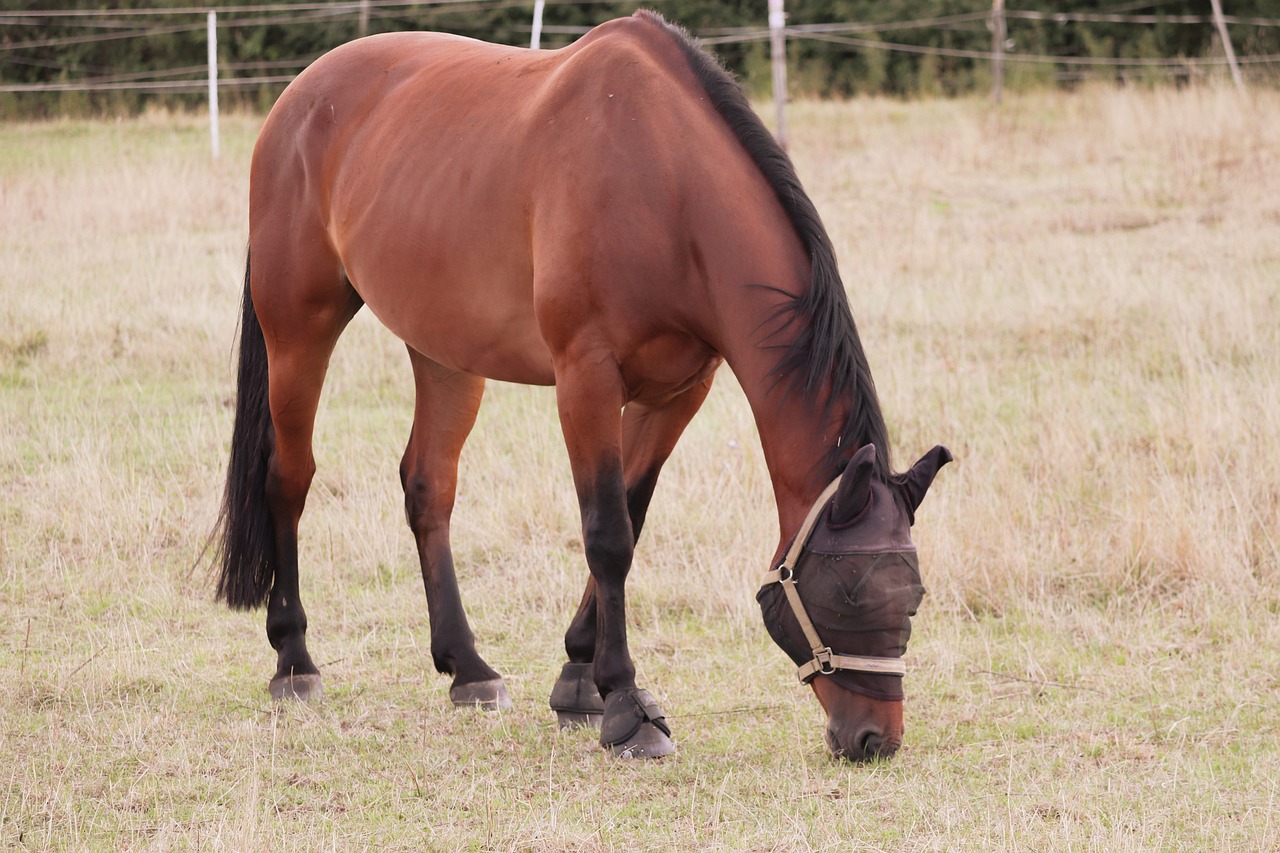You’re about to embark on a fascinating journey through the “Essential Guide to Basic Horse Health and Training”. In this guide, you’ll get to grips with the crucial skills and techniques needed to ensure the safety of your equine friend for various activities. You will learn how to foster trust and cooperation between you and your horse, using gentle yet effective methods of training. Plus, the guide does not overlook the importance of basic horse health, laying firm foundations for your understanding. Brace yourself for a comprehensive sweep into the world of horse care and training that equips you to make the horse-riding not only a delightful but a safe hobby.

This image is property of pixabay.com.
Understanding Basic Horse Anatomy
Horse anatomy might seem intimidating at first, but with a bit of patience and study, it becomes straightforward.
Identifying Key Physical Features
Firstly, let’s talk about how to identify key physical features. Knowing your horse’s basic anatomy can help you describe any issues or concerns to your vet accurately. There are several main parts to familiarize yourself with: the head, neck, chest, abdomen, and hindquarters. The horse’s head includes important features like the eyes, ears, nose, and teeth. The neck and back support the horse while providing flexibility. The chest and abdomen house important organs, while the hindquarters provide power for motion.
Understanding the Digestive System
Understanding your horse’s digestive system is critical to their health. Horses are herbivores and have a unique digestive system designed to break down plant material. Their digestive system is a balance of a simple stomach and complex large intestine, featuring an impressive ability to ferment and extract nutrients from fibrous feeds.
Muscular and Skeletal Structure
Next is the muscular and skeletal structure. Horses have a muscular system that provides them with phenomenal strength and speed. Combined with an incredibly sturdy skeletal system, these structures support high levels of physical activity.
Respiratory and Circulatory Systems
Lastly, the respiratory and circulatory systems work hand in hand to support every other bodily system. The respiratory system provides oxygen necessary for cell function and removes carbon dioxide, while the circulatory system transports oxygen, nutrients, and waste throughout the body.
Essential Horse Nutrition
Just as we need to watch what we eat, so must we be mindful of our horses’ diets.
Understanding Equine Dietary Needs
Understanding equine dietary needs is the first step in horse nutrition. Horses primarily need forage (like grass and hay), grains, water, and vitamins/minerals. While each horse’s specific needs will depend on factors like age, activity level, and health status, these are generally the main components.
Feeding Guidelines and Practices
Another big part of nutrition is knowing how to feed your horse. Feeding guidelines and practices can help ensure that your horse receives the right nutrition but is also kept safe from digestive issues. Always ensure your horse has continuous access to clean, fresh water.
Supplements and Additives
In some cases, horses might need supplements or additives to meet their nutritional needs. These supplements can support specific nutritional goals, such as improving coat condition, supporting joint health, or aiding in digestive function. It’s crucial to consult with your vet or a nutritionist before introducing supplements to your horse’s diet.
Preventing and Identifying Malnutrition
Lastly, it’s crucial to know how to prevent and identify malnutrition. Though often subtle at first, signs of malnutrition can include dull coat, low energy, weight loss, and changes in behavior.
Exercise and Conditioning
Horses, just like humans, need exercise to stay healthy.
The Importance of Regular Exercise
Regular exercise is essential for a horse’s physical and mental wellbeing. Exercise helps to maintain appropriate body weight, strengthen muscles and bones, and prevent health issues.
Creating an Effective Exercise Routine
Creating an effective exercise routine requires consideration of your horse’s age, breed, and current fitness level. The routine should include a variety of exercises to keep it interesting and beneficial for your horse.
Conditioning for Specific Activities
Conditioning refers to specialized exercises designed to prepare horses for specific activities or events. For instance, a horse being conditioned for dressage will have a different regime compared to a horse being readied for a trail ride.
Understanding Over-Exertion and Injury
An important part of conditioning and exercising horses is understanding the signs of overexertion and potential injury. Being aware of these signs and knowing how to respond can help prevent unnecessary harm to your horse.
Preventative Health Care
Preventative healthcare goes a long way in keeping your horse active and healthy.
Regular Veterinary Check-Ups
Regular vet check-ups are essential to catch any potential health issues early before they become a significant concern.
Vaccination Schedules
A vaccination schedule is a cornerstone of preventative health care. Vaccinations protect your horse from many dangerous and potentially fatal diseases.
Parasite Control
Another crucial aspect of preventative care is parasite control. Without prevention, horses can host a number of internal and external parasites that can harm their health.
Dental Care for Horses
Unlike in humans, horse teeth continue to grow for most of their lives. Regular dental check-ups and care can prevent discomfort and potential health issues.

This image is property of pixabay.com.
Responding to Health Issues
Unfortunately, even with the best care, horses can face health issues.
Identifying Signs of Illness
Being able to identify signs of illness is a vital skill for any horse owner. Signs may be as subtle as changes in appetite or as obvious as a visible injury.
First Aid for Horses
In case of a health issue, knowing basic first aid for horses can be a life-saver. It’s imperative to have a first-aid kit ready and know how to use the supplies in it.
When to Call a Vet
While basic first aid can help in minor cases, there are times when a professional vet’s intervention is necessary. It’s essential to know when to call the vet to ensure your horse gets the prompt care they need.
Common Health Issues and Treatments
Understanding common health issues in horses and their respective treatments can help you anticipate and respond to various problems efficiently.
Basics of Horse Behavior
Understanding horse behavior is critical for effective training and bonding.
Understanding Horse Communication
Horses primarily communicate through body language. Learning to interpret these signs can help you understand your horse better and build a stronger bond.
Identifying Behavioral Problems
Identifying behavioral problems early on can make training more effective and prevent potentially dangerous situations down the line.
Anxiety and Fear in Horses
Horses can experience anxiety and fear, leading to behavioral issues. Recognizing and managing these emotions can create a safer and healthier environment.
Social Behavior and Group Dynamics
Horses are social animals, and understanding their group dynamics is important to their wellbeing, particularly if you have more than one.

This image is property of pixabay.com.
Foundational Training Techniques
Training is a key part of building a strong bond with your horse.
Establishing Trust and Respect
The first step in any training program is to establish trust and respect between you and your horse.
Basic Commands and Responses
Teaching your horse basic commands and how to respond appropriately is a crucial step in training.
Habituation and Desensitization
Habituation involves getting your horse used to various objects and environments, while desensitization is a process employed to manage their fear reactions.
Reward-Based Training Methods
Just like with humans, horses respond well to positive reinforcement. Reward-based training methods can be very effective.
Handling and Safety
Handling horses can be risky without proper knowledge.
Safe Handling Practices
It is essential to be aware and follow safe handling practices to avoid miscommunication and accidents.
Securely Leading and Tying
Learning how to lead and tie your horse securely not only keeps them safe but also helps build trust.
Transporting Horses Safely
Transporting horses requires special attention to safety to prevent stress and injury.
Dealing with Fearful or Aggressive Horses
Fearful or aggressive horses can pose a significant management challenge, but with patience and understanding, they can be safely handled and helped.
Gear and Equipment
The right gear can make a big difference in horse handling and training.
Choosing the Right Tack
Tack includes everything from saddles to bridles. Choosing the right tack for your horse’s size and training needs is crucial.
Proper Gear Fit and Adjustment
Even the best tack won’t be very useful if it doesn’t fit right. Proper fit and adjustment are important for your horse’s comfort and your safety.
Maintaining and Cleaning Equipment
Taking care of your gear ensures its longevity and performance. Regular cleaning and maintenance are essential.
Safety Gear for Riders
While we’re on the topic of gear, don’t forget about your safety too! Safety gear for riders can prevent unfortunate accidents and injuries.
Horse Care and Maintenance
Like anything else, when it comes to horses, maintenance is key.
Daily Care Tasks
Daily care tasks generally include feeding, grooming, and checking for any signs of illness or distress.
Grooming Basics
Grooming isn’t just about making your horse look good, it’s also an essential aspect of their overall health and wellbeing.
Hoof Care and Farriery
A horse’s hooves are crucial to their health and mobility. Regular hoof care and professional farriery services can help prevent many common hoof problems.
Stable and Pasture Maintenance
A clean, safe environment is essential for your horse’s health. Regular stable and pasture maintenance can help keep your horse happy and healthy.
In conclusion, understanding and looking after your horse’s health and behavior can seem daunting, but with knowledge and dedicated care, you will be well equipped to provide a comfortable and healthy life for your horse.
